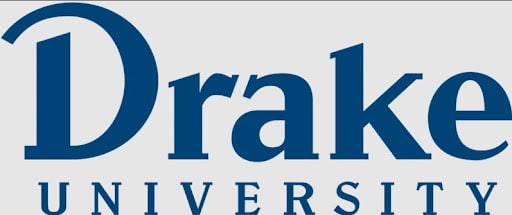Marketing: How to leverage your client satisfaction survey

In the last couple of columns, we’ve been exploring how to actually launch a client satisfaction survey that will yield insights, client retention and love, and maybe even some new opportunities.
This week, I want to wrap up the topic by focusing on how to encourage your clients to participate in the research, what to do with the results once you’ve tallied the responses, and how use what you learned as not only a way to improve your business and your relationship with customers, but also as a sales and marketing tool.
When it comes to encouraging participation, the most important element is one covered in the first column on this topic. When you reassure your customers that you’re going to report on the results and how you’re going to make changes based on their feedback, they’re going to want to participate.
But you’re going to need to tell them more than once. Give yourself room to remind your clients two to three times about the opportunity to complete the survey. You should deploy multiple channels of communication. Don’t count on email alone. An actual letter or phone call will go far in getting their attention and making it clear that you’d really value their input.
Once you’ve persuaded your clients to make the time and you’ve closed down the survey, you’ll need to review the findings to get a sense of what everyone thinks. This isn’t always easy. But keep an open mind and dive in. You’ll be glad you did after the sting of the first bits of criticism dies down.
First — listen. No matter how good your business is, there are going to be some painful truths revealed. You need to be open to hearing the feedback and, most important, deciding how to respond. Not responding isn’t really an option, if you’re going to honor the promise we talked about a few weeks ago.
Second — implement change. Figure out how you are going to turn your learnings into action and make modifications based on what you learned. Sometimes the change is recognizing that a certain type of work or client isn’t a good fit. It’s not always about changing who or how you are. But know what you’re going to implement, so you can share it out.
Third — communicate. To your team and your clients. Here’s what we heard. Here’s what we are changing/doing or here’s why something is going to stay the same. You want to reward your clients for taking the time to share their experiences by demonstrating that you not only heard it, but you took it to heart. That’s why they’ll do it again when you ask. And you’ll get full credit for being eager to get better. In some cases, this might save a relationship. In others, it just increases their confidence in their buying decision.
Fourth — leverage. Here’s where the data can actually be a sales and marketing tool. Use what you learned to spotlight what your company does well and where you got high marks. This isn’t just about how to get better. It’s also about recognizing where you already are doing a killer job and merchandising that. It’s an opportunity to remind your clients of your full suite of services and how good you are.
You might consider using some of the input on your website, assuming you asked permission during the survey. Let your customers tell the world just how good you are.
Consider doing a client satisfaction survey once a year or every 18 months. Every time you do it, you’re going to learn and get better. And deepen your relationship with your clients.
There’s no downside to making the investment in doing a client satisfaction survey and doing it well.










